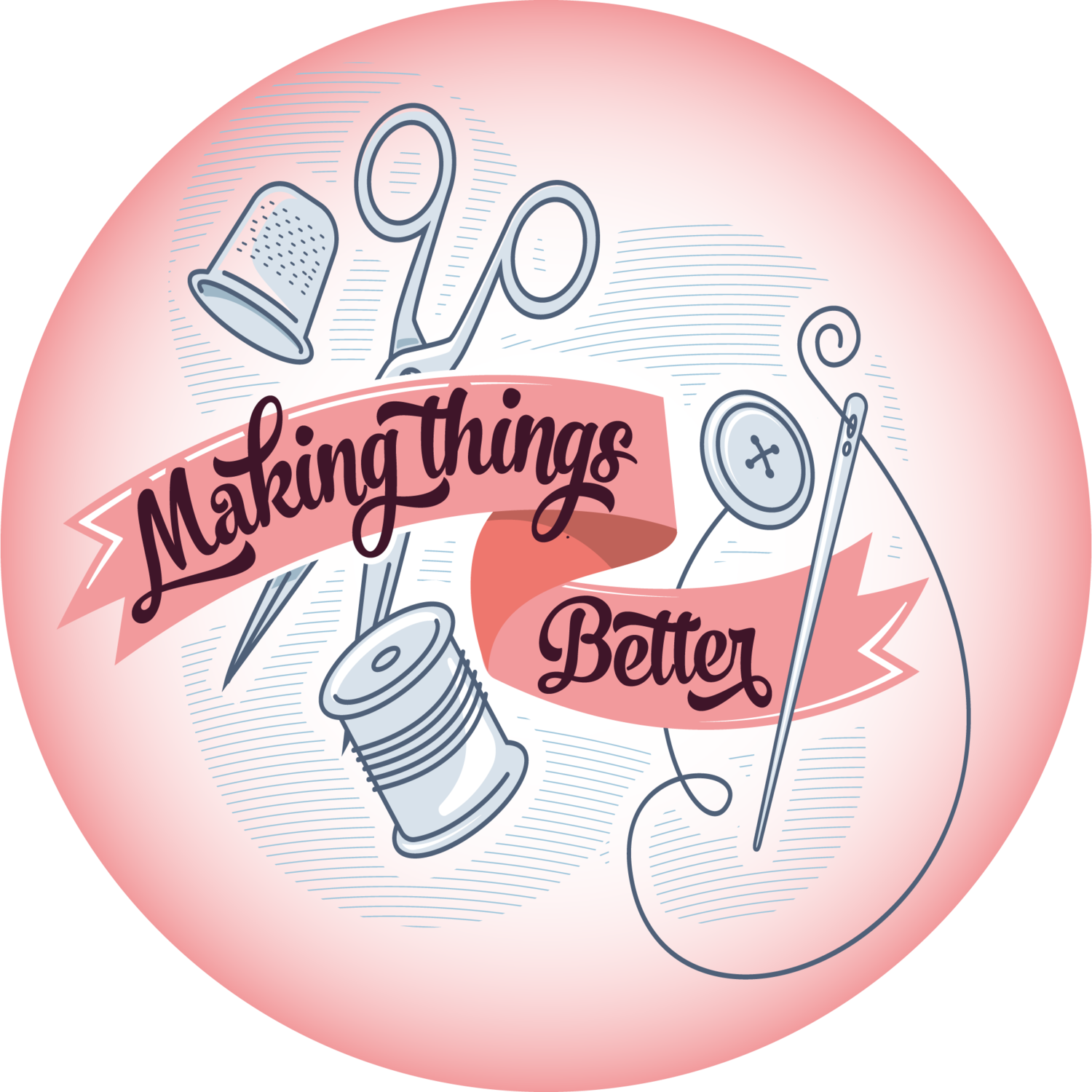At Source (www.ethicalfashionforum.com) , I was expecting and hoping to be inspired by products. Instead, it was the manufacturing process that the designers are using that is the unique selling point, not the product itself.
Good product design is important, but in the ethical fashion conversation it is the story behind the product that is of more interest.
The garment making is supporting a community and you are buying a better garment because of this.
These were global stories, garment manufacture is supporting communities in The Himalayas, Pakistan, India etc, but not in the UK.
The handwriting of up-cycled fashion can be chaotic. 
The existing message and the new communication are mashed together.
We don’t quite see the current message as it has become confused.
We can decipher parts, but the overall appearance is confusing. “I can’t read it, what does it say?”
At Source, the designers that were upcycling garments(www.fashionbymia.com) had a similar handwriting.Garments are hacked together, almost uncontrollably.
.
The original garment’s details are uses as a surface feature rather than functionality.
The garment design is disguised in the mash of different raw materials.
The product is confusing and the idea that this is a ‘better’ garment, is lost in the chaos.
I came out of Source expo disheartened, I had been hoping to be inspired by a variety of ethical fashion products.
I travelled over to the Fashion and Textiles Meusem with not knowing what exhibition was on.
http://www.ftmlondon.org/exhibitions/past/detail/?ID=67

The secret world of 1960s Saville Row, had a out of date and stuffy image. In 1969 Thomas Nutter opened a tailors that introduced tailoring to The Rolling Stones.
The bad boy of Saville Row took inspiration from previous decades attire, and produced the flamboyant cut that we associate with the 1970’s.

The reuse of factory ( or tailors) waste could be expected at this time. A legacy from WorldWar II when garments would have been hashed together and disguised with embellishment.

Nutter ‘s use of clashing patchwork, from suiting fabrics, may have drawn on this, as a style reference or may simply have had pieces of fabric to use up.
In today’s context it is a considered, carefully upcycled look.
The use of clashing fabrics painstakingly stitched together, without a raw edge visible, takes upcycled fashion another step away from sandals and hemp.
Buy considering the placement of colours and using careful, traditional techniques, quality is maintained.
Taking this thought into up-cycled fashion could remove the hashed together look and add a high quality to the finished product.

























